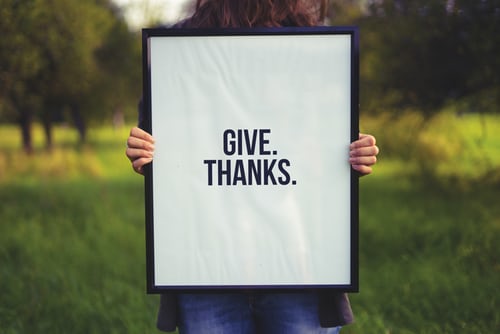

The Nine Best Ways To Build a Self Care Plan, Mental Health Matters
by Counseling and Wellness Center of PittsburghJanuary 2, 2020 best ways to build self care plan, mental health matters, self care, self care month, self care strategies for mental wellbeing0 comments
Best way to build a self care plan, mental health matters
We hear lots of people taking about self care these days but what actually is it? Is there a right way to do it? I hope to answer some of these questions for you today because mental health matters and you matter. Self care can be defined as any activity that we do deliberately in order to take care of our mental, emotional,...Learn MoreDo you have a problem with alcohol? Substance Abuse Treatment
by Counseling and Wellness Center of PittsburghDecember 11, 2019 addiction, addiction recovery, how to say no, quitting alcohol0 comments
Do you have a problem with alcohol? Substance Abuse Treatment Drinking problems affect a staggering 15 million Americans according to the 2018 National Survey on Drug Use and Health.
People are less likely to seek help for alcohol use addiction as there is little social stigma attached to alcohol consumption. Our culture tells us our alcohol use isn’t that bad. It is inaccurate to believe...Learn More
The Real Gratitude Challenge
by Counseling and Wellness Center of PittsburghNovember 28, 2019 gratitude, gratitude challenge, reframing cognitive distortions, thanksgiving0 comments
The Real Gratitude Challenge
It’s Thanksgiving and everyone wants to talk about turkey and gratitude. Newsfeeds and flyers encourage us to take the ‘gratitude challenge’ by sharing how happy we are for our kids, our marriage, families, our job, our house. Nowonder, according to the National Institute of Health, gratitude can help us increase our life satisfaction and mental health! Oh, how...Learn More
10 Ways to Enjoy The Holidays if You Experience Family Estrangement or Loss
by Counseling and Wellness Center of PittsburghNovember 18, 2019 family estrangement, family loss, holiday traditions0 comments
1o Ways to Enjoy The Holidays if You Experience Family Estrangement or Loss
Holidays are extremely triggering and difficult for those who have suffered family loss/grief or estrangement, there are reasons that mental health related hospital admisssions and therapy visits for anxiety and depression increase during this time of year. Most people who are in therapy to deal with family...Learn More
How is a Panic Attack different from Anxiety
by Counseling and Wellness Center of PittsburghNovember 11, 2019 panic disorder, signs of panic attack0 comments
According to the Amercian Psychological Association, 1 out of 75 people will experience a panic attack at some point in their life. Yet the term is used very commonly in pop culture. There are major differences between a panic attack and anxiety or stress. The most common signs of a panic attack are a racing heart, sweating, pupil dilation, chest pain, dizziness or faintness, tingling in the...Learn More
Five Surprising Ways to Bust a Bad Mood
by Counseling and Wellness Center of PittsburghOctober 21, 2019 irritability, mood swing, wayst to beat a bad mood, why do I have mood swings0 comments
Everyone has experienced irritability and bad mood or a mood swing at some time in their life. Sometimes that can result in a few hours or a day of feeling on edge, like nothing is going your way. Maybe you are more short with friends and family, things that wouldn’t normally had gotten on your nerves really feel like they are pushing you over your limits, welcome to a bad mood! Below...Learn More